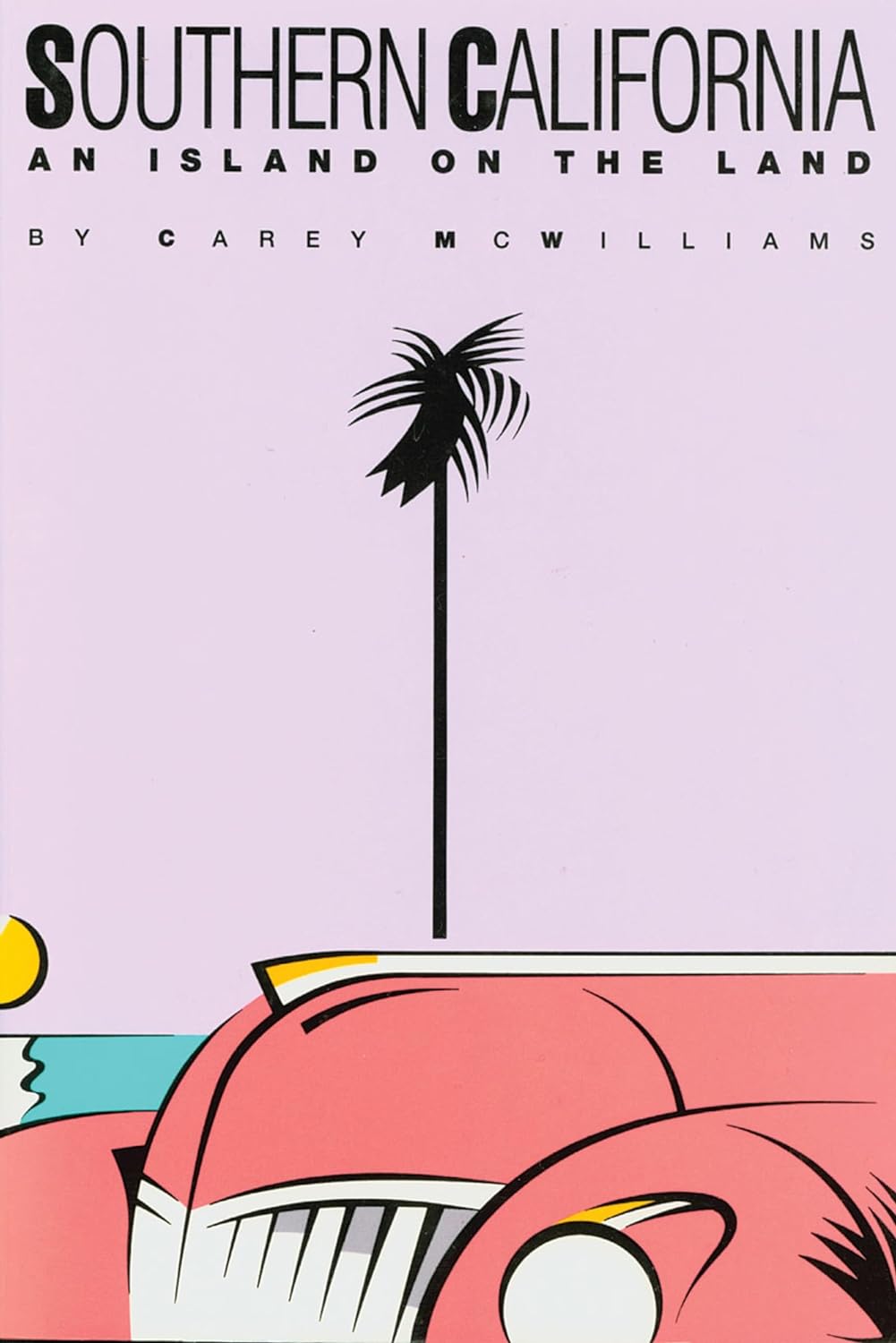
In 2011, Los Angeles Times architecture critic Christopher Hawthorne launched into a yearlong book-blogging project called “Reading L.A.” The earliest of its 27 titles about the city was Louis Adamic’s The Truth About Los Angeles, published in 1927; the most recent was by Robert Gottlieb’s Reinventing Los Angeles: Nature and Community in the Global City, published in 2007. Between those books came a couple that I’ve since written about myself: Reyner Banham’s Los Angeles: The Architecture of Four Ecologies, whose 45th and 50th anniversary I observed in the Guardian and at Archinect, respectively, and the late Mike Davis’ City of Quartz: Excavating the Future in Los Angeles, a subject here on Books on Cities in 2022. Hawthorne’s inclusion of Holy Land by D. J. Waldie got me reading all of Waldie’s writings, and in 2021 I even reviewed his latest book Becoming Los Angeles for the New Yorker.
Hawthorne’s post on Holy Land inspired me to interview Waldie on my podcast Notebook on Cities and Culture, just as his post on Los Angeles Boulevard: Eight X-rays of the Body Public led me to invite on that book’s author, architect Doug Suisman. When I took the show to Portland, I even attempted to interview (but ultimately couldn’t pin down) Richard Meltzer, who wrote Richard Meltzer’s Guide to the Ugliest Buildings of Los Angeles and L.A. Is the Capital of Kansas, which I read on Hawthorne’s recommendation — a recommendation he gave me when he appeared on Notebook on Cities and Culture himself. I could go on, but suffice it to say that “Reading L.A.” had a considerable influence on me. Part of that owes to Hawthorne’s having done it the same year I moved to Los Angeles, but even now, in Seoul, I’m still reading through his selections.
Carey McWilliams’ Southern California: An Island on the Land came third onHawthorne’s chronologically organized syllabus,having been published in 1946. At the time, this put it outside my immediate field of interest: though obsessed with Los Angeles, then as now, I thought of the nineteen-forties as belonging to a period of the city’s history when the cultural and urban phenomena that interested me — Ed Ruscha, dingbats, Koreatown, the Bonaventure hotel, neo-noir movies, Jeffrey Daniels’ Kentucky Fried Chicken on Western, the subway — had yet to manifest. In a sense, I conceived of Los Angeles as beginning anew around the early-to-mid-sixties, which isn’t entirely out of alignment with McWilliams’ historical scheme: he regards Southern California as having been shaped since the late nineteenth century by a series of distinct booms and subsequent waves of migration, each of which had mostly, but not entirely, overwritten the one before.
Read the whole thing at Substack.